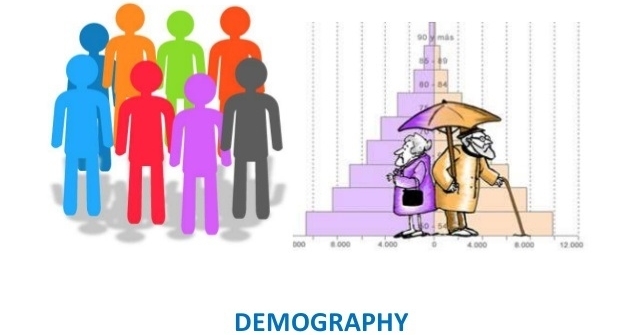On January 1, 2017, the population of the European Union was estimated by Eurostat to be 511.8 million inhabitants, which is 1.5 million more people than the year before.
But this small increase is entirely due to the migratory balance, as since 2015, for the first time, the European population has experienced a slight natural decline, with the number of deaths exceeding the number of births.
However, Europe is expected to see its population decline by 2050, with a direct impact on its productivity and growth, which should alarm policymakers, according to an economic study.
Europe is losing population, thus losing growth, influence, and commercial opportunities, while other continents, like the American continent, maintain their prosperity thanks to the growth of their population.
The situation is labeled as “demographic suicide” and is based on UN projections.
Unlike North America, which is expected to see its population increase by 75 million by 2050, Europe could stagnate around 500 million inhabitants and lose 49 million people of working age in the 20-64 age range.
With fewer babies in 2017, France remains the most fertile country in Europe.
All things considered, this decline is also occurring in China, which is projected to lose 28 million inhabitants by 2050, in Japan (-20 million), and in Russia (-15 million).
Meanwhile, Africa is expected to gain more than 1.3 billion inhabitants, including 130 million in North Africa alone.
Migratory pressure on Europe is not going to ease anytime soon!


